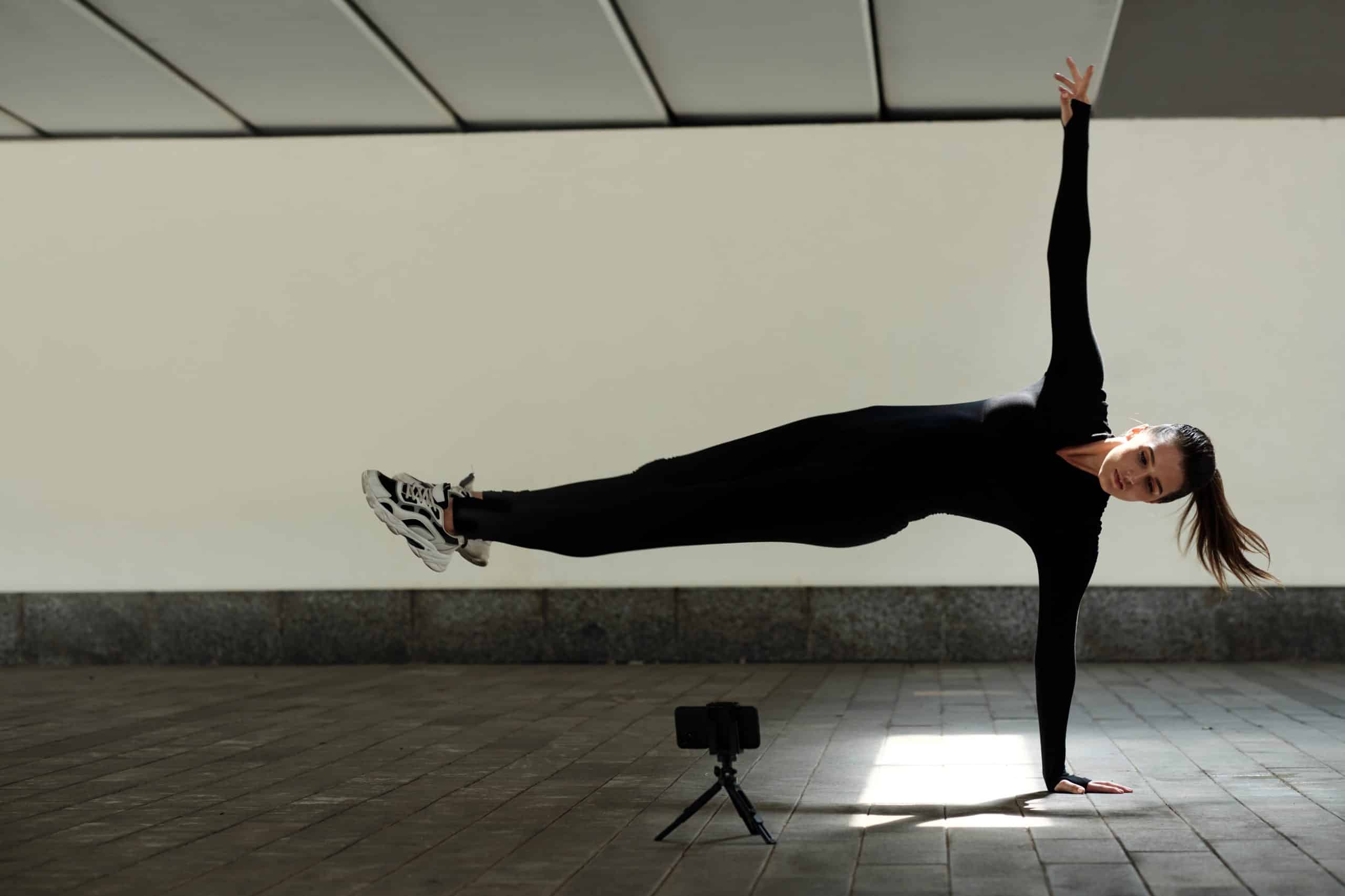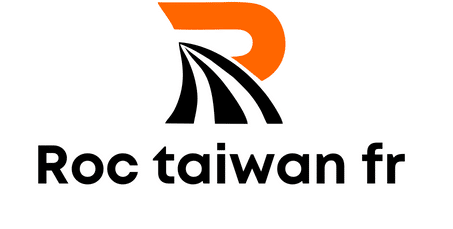Can Smart Fabric Clothing Improve Recovery Times in Post-game Rugby Players?

The world of sports and athletics has always been forward-thinking, evolving, and innovative. Athletes continuously search for new ways to enhance their performance, often involving groundbreaking technology. A recent development that is gaining considerable attention is the use of smart fabric clothing in sports. This clothing, embedded with tiny sensors, collects data from the athlete’s body, allowing for a more personalized approach to training and recovery.
The Connection Between Recovery and Performance
Before we delve into how smart fabric clothing can potentially aid in recovery, let’s understand the critical role that recovery plays in an athlete’s performance. When you train or engage in high-intensity sports like rugby, your muscles experience trauma. This trauma triggers inflammation and muscle soreness, which can affect your performance if not managed properly.
A découvrir également : How Can Wearable Sweat Analysis Technology Optimize Hydration for Marathon Runners?
Studies show that recovery time significantly affects an athlete’s performance. Rapid recovery not only enhances athletic performance but also reduces the risk of injuries. Therefore, athletes, coaches, and sports scientists are always on the lookout for ways to accelerate recovery, and smart fabric clothing might be the answer they are seeking.
The Rise of Smart Fabric Clothing
The advent of smart fabric clothing has revolutionized the sports world. These garments are designed with high-tech sensors embedded into the fabric. The sensors read biological and physical signals from the athlete’s body, including heart rate, body temperature, sweat rate, and muscle tension. The data collected is transferred in real-time to a device or app, allowing the athlete or coach to monitor the athlete’s condition during training or a game.
A voir aussi : How do Virtual Team Challenges Sustain Motivation in Remote Athletes?
Google, a giant in the tech industry, has even entered the smart fabric market with Project Jacquard. This initiative aims to create interactive textiles that can be used in various industries, including sports and athletics. With this movement, it seems apparent that smart fabric clothing will continue to rise and transform the way athletes train and recover.
How Smart Fabric Clothing Can Aid in Recovery
Smart fabric clothing’s primary selling point for athletes is its potential to aid in recovery. The sensors embedded in these clothes can monitor muscle tension, heart rate, and other biological signals after a workout or game. This data can prove invaluable in formulating a tailor-made recovery plan for the athlete.
Compression clothing, a type of smart fabric, has been reported to reduce muscle soreness and accelerate recovery in athletes. These garments work by applying pressure to the muscles, reducing inflammation and promoting blood flow. A study published in the PMC journal found that athletes who wore compression clothing reported less muscle soreness and recovered faster than those who did not.
Moreover, these garments can monitor changes in your body temperature, sweat rate, and heart rate, signaling when your body is under stress or overexertion. By using this data, you can adjust your recovery methods or training intensity to prevent overtraining and promote faster recovery.
Limitations and Future of Smart Fabric Clothing in Sports
Despite the promising benefits of smart fabric clothing in sports, there are limitations that need to be addressed. First, there is a lack of long-term studies examining the effects of smart fabric clothing on athlete recovery and performance. Most of the available studies are short-term, and their results may not accurately reflect the long-term benefits or potential risks of this technology.
Second, there is a need for standardization in the production and use of smart fabric clothing. Currently, various companies produce smart fabric clothing, each with different sensors, data analysis methods, and recommendations. This lack of standardization makes it difficult for athletes and coaches to compare products and make informed decisions.
Despite these limitations, the future of smart fabric clothing in sports looks promising. The CGS (Center for Global Sports) predicts that the demand for innovative recovery methods, such as smart fabric clothing, will continue to grow as the sports industry becomes more competitive. As technological advancements continue to evolve, we can only expect smart fabric clothing to become smarter, more efficient, and more beneficial for athletes.
Conclusion
In conclusion, smart fabric clothing represents a significant development in sports and athletic training. The ability to collect real-time data from athletes’ bodies opens the door for personalized training and recovery plans, potentially improving performance and reducing recovery times. However, more research is needed to understand fully the long-term effects and benefits of this technology. As it stands, smart fabric clothing offers a promising avenue for enhancing recovery times in post-game rugby players and other athletes.
Smart Fabric Clothing and Muscle Damage Reduction
Muscle damage is a common occurrence in high-intensity sports like rugby. After a game, athletes often experience muscle soreness and inflammation, which can hamper their performance in future games or trainings. This is where smart fabric clothing may offer a solution.
The sensors in smart fabric clothing enable the collection of data on muscle tension, body temperature, heart rate, and other biological signals. This real-time data can help athletes and their coaches understand the extent of muscle damage after a game. With this information, they can devise and implement effective recovery strategies tailored to the athlete’s specific needs.
One particular type of smart fabric clothing, compression garments, have been proven to be beneficial in reducing muscle soreness. According to an article published on PubMed, these garments work by applying pressure to the muscles, which can reduce inflammation and promote blood flow. In a systematic review of multiple studies reported on Google Scholar, athletes who wore compression garments after a game experienced less perceived muscle soreness and improved recovery times.
Aside from reducing muscle damage, smart fabric clothing also aids in preventing overtraining. By monitoring changes in heart rate, sweat rate, and other indicators, these clothes can signal to the athlete when their body is under too much stress. This can help prevent exercise-induced muscle damage, allowing athletes to maintain better overall athletic performance.
The Future and Potential of Smart Fabric Clothing
Despite the lack of long-term studies and standardization in the production of smart fabric clothing, its potential in the sports industry is undeniable. According to an article from the Center for Global Sports (CGS), the demand for innovative recovery methods such as smart fabric clothing is expected to continue to rise due to the increasing competitiveness in the sports industry.
In the future, we can expect more advancements in this technology. For instance, Google’s Project Jacquard is an initiative aimed at creating interactive textiles, showing the tech industry’s interest in this field. As this technology continues to evolve, smart fabric clothing is expected to become more efficient and beneficial for athletes.
New recovery strategies, such as cold water immersion and massage, could be incorporated into smart fabric clothing. These possibilities are truly exciting, making it clear that the future of sports recovery could very well lie in the smart fabrics industry.
Conclusion
In summary, smart fabric clothing represents a significant leap forward in the field of sports and athletics. Through real-time data collection, athletes can gain a more personalized and effective approach to training and recovery. Studies have shown promising results in muscle damage reduction and prevention of overtraining, pointing to improved athletic performance. While more long-term research is needed, smart fabric clothing currently offers a promising and innovative avenue for post-game recovery in rugby players and athletes alike. As the technology continues to evolve, the future of smart fabric clothing in athletics looks brighter than ever.
